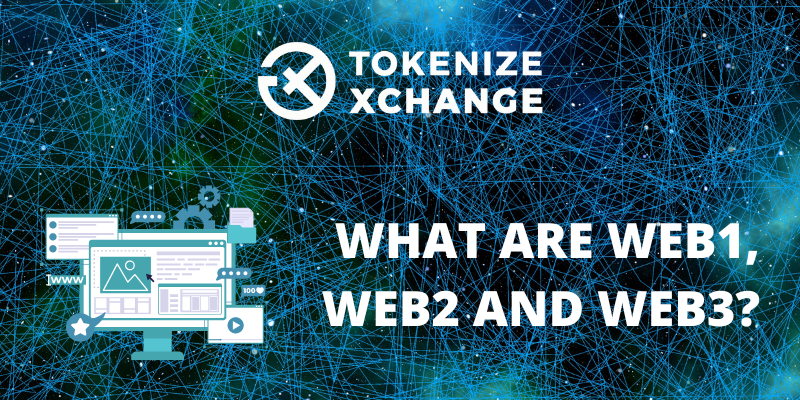
- Web 1
This is the earliest version of the internet. Akin to a collection of book pages, this means that if you load a webpage, it shows some texts and basic images and that is all. In the Web 1 internet version, users do not interact with the page like ‘Post a status’, ‘like’, ‘comment’, ‘share’, and interact with posts etc. In other words, Web 1 was a ‘read-only’ information source.
- Web 2
Web 2 is the second and today’s version of the internet. With it comes the introduction of social media platforms where people gather around their interests. This version introduced ‘interactivity between the internet and users,’ where users can get information from the web and the internet can also get information from us. For example, when we watch YouTube videos, or search on Google, these companies collect information about us and what we like. They use this information to produce content that would make us continue using their platform. Since these companies have our data and content preferences, they can sell it to advertisers. Some people also refer to Web 2.0 as the ‘Age of advertising and lack of privacy.’
- Web 3
Web 3.0 is where people gather for decentralized ownership, getting equity for what they do. Web 3 is the concept for the next iteration of the internet, built around decentralized blockchain technology. Often, cryptocurrency is synonymous with the term ‘Web 3.0,’ as it is built on decentralized blockchain technology.
Cryptocurrency underpins Web 3-based applications. In the future, it will be used to tip creators, pay for virtual items, and purchase new gaming features, experts say. In Web 3.0, users have control of their data. There will be no censorship of content by any central body (For example censorship in Facebook). In addition, in Web 3 your digital identity will not be tied to your real identity. That is about it in Web 3 which will be “The internet of freedom, privacy and democracy.”
In Web 3, every company will have a DAO (Decentralized autonomous organization). There will be no CEOs, persons, or central bodies in charge of the internet data. Every user of the internet will be involved in making decisions about a website or platform based on their voting power.
Above are the major difference between Web 1.0, Web 2.0, and Web 3.0 with their own uniqueness. All three were used at their respective time and revolutionized the world of the web accordingly.